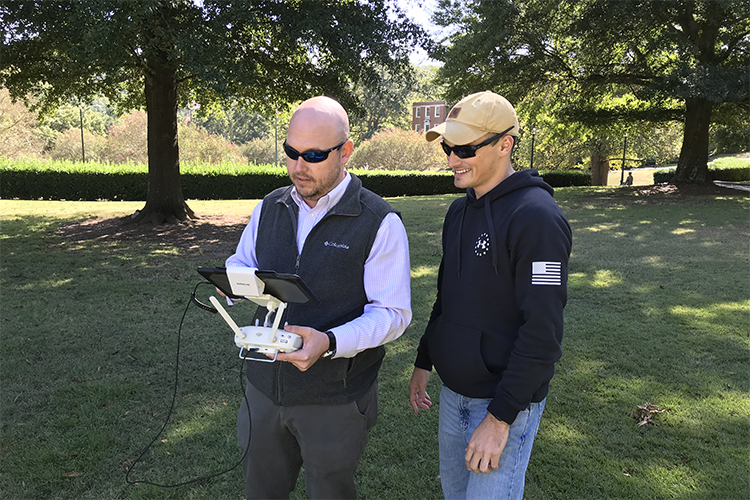
Samford Geographic Information Systems (GIS)
Samford’s Howard College of Arts and Sciences offers both undergraduate and graduate education in the application of geographic information systems (GIS) technology, which allows sophisticated gathering, analysis, mapping, and reporting of geographic data.
What is unique about this program?
Samford’s interdisciplinary GIS collaboration is exceptional. Based in the Department of Geography and Sociology, GIS courses and techniques provide insight in many social science, humanities and STEM fields. Programs in math and computer science, biological and environmental studies, geography and sociology, public health and history are already engaged with GIS. Geography faculty are working to dramatically increase access to GIS resources for location intelligence across the entire university.
What careers do students pursue after they leave this program?
Samford’s GIS students are well prepared to apply interdisciplinary learning to significant problems in health care, epidemiology, logistics, utilities management, government, cultural and historical preservation, environmental conservation, demography and business intelligence. Any career using data science that demands expert analysis of the places, patterns and landscapes that make up the earth’s surface–including sustainability and renewable energy–benefits from GIS insights.
How do you believe this program sets students apart from other programs?
The geography program’s emphasis on GIS and its encouragement of mentored undergraduate research gives all of its graduates the significant advantage of practical, hands-on experience. Students with special interest in GIS can earn a geography degree with GIS certificate, adding to the traditional geography major more courses in applied GIS, geospatial analysis, computer programming and statistics. Graduates interested in the application of GIS in solving environmental problems can earn a new graduate certificate in GIS related to Samford’s Master of Science in Environmental Management (MSEM) degree. The certificate can stand alone–for working professionals who want a thorough grounding in GIS–or students can apply those academic credits toward the full MSEM degree if they enter that program.
What is an interesting fact about this program?
In March, Samford geography professor and GIS expert Jonathan Fleming launched an online data dashboard to track and map COVID-19 cases in Alabama. Since then, more than half-a-million visitors to that site have seen just how valuable GIS can be in understanding complex problems.
